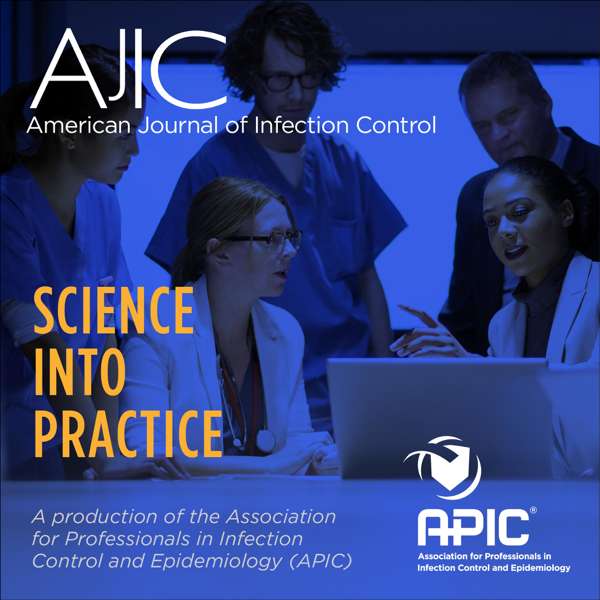This episode: Bacteria are able to extract metals from rocks for industrial use, even in microgravity!
Download Episode (6.2 MB, 9.0 minutes) Show notes: Microbe of the episode: Decapod ambidensovirus 1
News item Takeaways As humanity makes progress toward becoming an interplanetary species, consideration is needed on how travelers can survive and thrive in distant places. These methods may look very different from what works well on Earth, with differences in gravity, atmosphere, and access to resources. For example, mining for materials for construction may not be feasible using methods common on Earth. An alternative may be biomining, using microbes that can selectively extract and purify specific metals from minerals. In this study, the European Space Agency tested the ability of several microbes to extract vanadium from rocks in different gravity conditions, on the International Space Station. Two out of three microbes were able to extract twice as much vanadium as was extracted in the absence of microbes, both on a planet and up in space. Journal Paper: Cockell CS, Santomartino R, Finster K, Waajen AC, Nicholson N, Loudon C-M, Eades LJ, Moeller R, Rettberg P, Fuchs FM, Van Houdt R, Leys N, Coninx I, Hatton J, Parmitano L, Krause J, Koehler A, Caplin N, Zuijderduijn L, Mariani A, Pellari S, Carubia F, Luciani G, Balsamo M, Zolesi V, Ochoa J, Sen P, Watt JAJ, Doswald-Winkler J, Herová M, Rattenbacher B, Wadsworth J, Everroad RC, Demets R. 2021.
Microbially-Enhanced Vanadium Mining and Bioremediation Under Micro- and Mars Gravity on the International Space Station. Front Microbiol 12:663.
Other interesting stories:
Email questions or comments to bacteriofiles at gmail dot com. Thanks for listening!
Subscribe: Apple Podcasts, Google Podcasts, Android, or RSS. Support the show at Patreon, or check out the show at Twitter or Facebook.

 Our TOPPODCAST Picks
Our TOPPODCAST Picks  Stay Connected
Stay Connected







